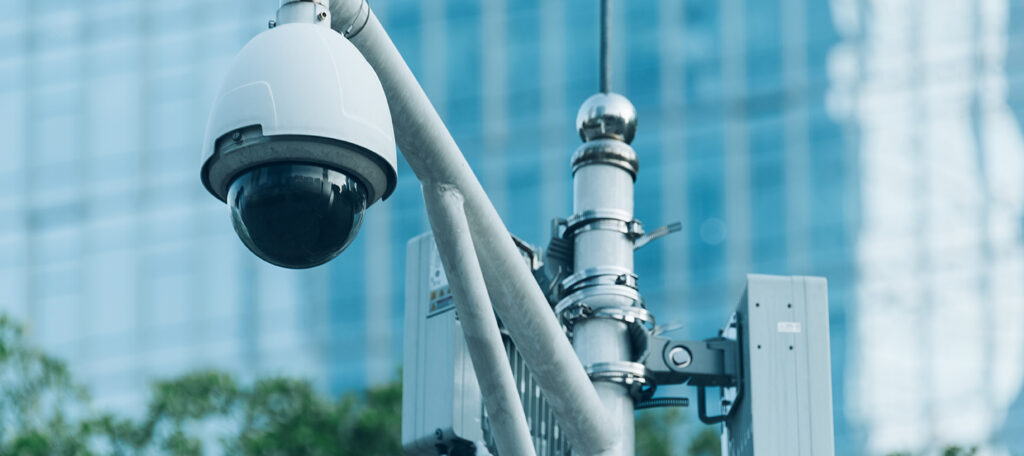

IOT

The responsibility of providing enhanced solutions to ensure public safety has become significan throughout the world. Many instances are getting filed on the bomb blast, gun fires, etc, especially in public places like schools, shopping malls, etc. In real-time, alerting the police or corresponding department in case of Bomb Blast or Gun Fire is not very instant which in turn impacts the time taken for performing the countermeasure activities. The recorded cases say, It is actually taking huge time for someone in the zone to reach out to the police for intimating, which should be actually avoided. Considering the public safety in mind, I have published this article which provides the solution by alerting the concern team/person with the help of IoT and machine learning concepts in an instant
manner.

Here I have proposed a hybrid solution that works with the combination of IoT devkit and Machine learning algorithms to ensure we develop the enhanced alert system for public safety. On top of that, given a brief of using a machine learning algorithm for video surveillance to ensure the safeness.
Internet of Things(IoT) is a device connected to the Internet with the ability to collect and exchange data from users or environments with no human intervention. IoT allows objects to be sensed and controlled remotely across existing network infrastructure, creating opportunities for more direct integration between the physical world and computer-based systems. In our solution, we have chosen the MXChip IoT DevKit, which can be used to develop and prototype Internet of Things (IoT) solutions leveraging Microsoft Azure services. It includes an Arduino compatible board with rich peripherals and sensors.
The IoT DevKit MXChip is enabled with a microphone which shall be used to calculate the noise level in the environment. AudioClassV2 class in the C++ program has to be installed in the IoT device to read the noise level and to do the necessary action. The IoT kit needs to be configured to read the sound decibel levels on a regular basis and the recorded values have to be stored in a database so that we can come to a conclusion on the sound levels recorded in the particular area by analyzing the average decibels recorded.
With the above step, we calculate the threshold value on the sound decibels that can be set for a particular location. At any point, if the decibel sound level is surpassing the threshold value, then the device data will be shared with the Azure IoT Hub as an intimation message.
At this stage, the Azure Event Grid and App Logic comes into the picture, which enables you to react to events in IoT Hub by triggering actions in your downstream applications. Our end goal is to create an alert system, which sends an email/SMS/call to the concerned team on any abnormal activities. The app logic will have the code logic to check for the level of decibel values and create an action to email using SendGrid or Outlook. The event needs to be subscribed to by the IoT Hub so that the event will be triggered on any abnormal activity identified in the IoT devices connected with the Hub.
Creating an alert system, with just measuring the decibel levels won’t be an ideal solution all the time, as sometimes due to other environmental factors the sound level may increase or decrease. So involving stream analytics with a machine learning model, helps us to perform the prediction which considers different factors for making the decision of the sound volume and raises the alert only in the case of abnormal activity.
To identify the abnormal activities in the video frames, it requires to relate the video frames in the past and the current to predict for the unprecedented activities in the video frame. Considering the nature of the required machine learning model, Long Short-Term Memory (LSTM) shall be chosen for implementation which is of a type of recurrent neural network (RNN). It is proposed to use deep learning mechanisms in the unsupervised learning architecture using SpatioTemporal auto-encoder for performing the implementation of abnormal activity in the broadcasted video.